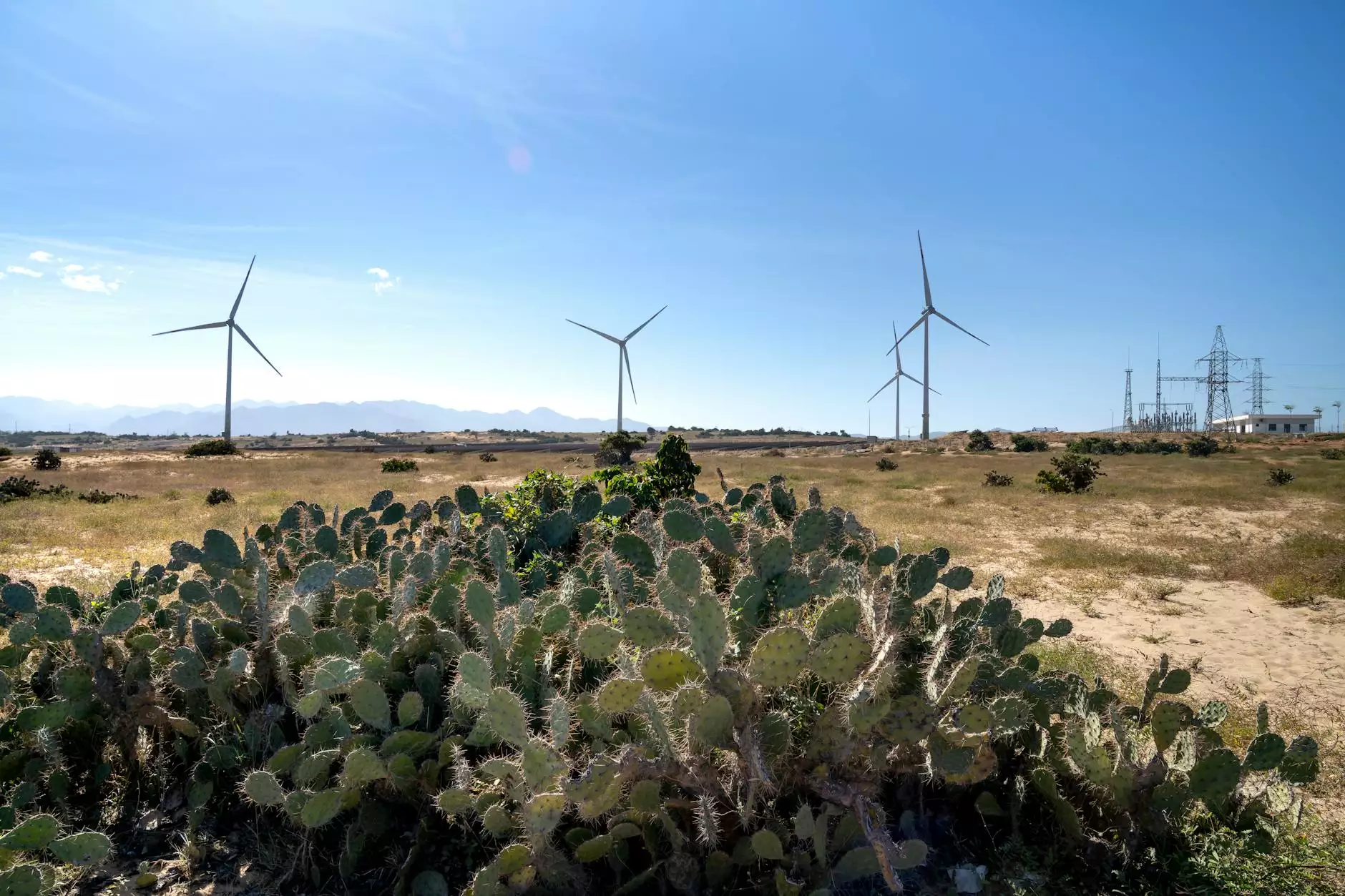How to Test Your Fuel Accumulator - ON DEMAND VIDEO

Introduction
Welcome to Grafco Electric's comprehensive guide on testing your fuel accumulator. In this on-demand video, we will provide you with the necessary knowledge and techniques to effectively test your fuel accumulator and ensure optimal performance and functionality.
What is a Fuel Accumulator?
Before diving into the testing process, it's important to understand what a fuel accumulator is and its role in your vehicle's fuel system. A fuel accumulator is a component that stores fuel under pressure and helps maintain a consistent flow to the fuel injectors.
Why Test Your Fuel Accumulator?
Testing your fuel accumulator is crucial for several reasons. First, it helps identify any potential issues or malfunctions that may affect your vehicle's fuel delivery system. By detecting problems early on, you can avoid costly repairs and ensure the longevity of your engine.
Testing Procedure
Now let's dive into the step-by-step process of testing your fuel accumulator:
Step 1: Gather the Necessary Tools
Before starting the testing procedure, make sure to gather the following tools:
- Pressure gauge
- Fuel pressure tester kit
- Flathead screwdriver
- Protective gloves
Step 2: Prepare Your Vehicle
Prior to testing, ensure that your vehicle is parked in a well-ventilated area and the engine is turned off. It's also advisable to disconnect the battery to prevent any accidental ignition.
Step 3: Locate the Fuel Accumulator
The fuel accumulator is typically found near the fuel pump or the fuel rail. Consult your vehicle's manual or seek professional advice if you're unsure about its location.
Step 4: Release System Pressure
Before testing, it's vital to release the pressure within the fuel system. To do this, locate the fuel pump relay or fuse and remove it. Start the engine and allow it to idle until it stalls. This will depressurize the system.
Step 5: Connect the Pressure Gauge
Connect the pressure gauge from your fuel pressure tester kit to the Schrader valve on the fuel rail. Follow the kit's instructions for proper connection.
Step 6: Turn on the Ignition
Turn the ignition to the "ON" position without starting the engine. This will activate the fuel pump and pressurize the fuel system.
Step 7: Record the Pressure Reading
Observe the pressure gauge and record the reading. The specific pressure required may vary depending on your vehicle's make and model. Consult the manufacturer's specifications for the correct pressure range.
Step 8: Turn off the Ignition
Turn off the ignition and wait for a few minutes. Monitor the pressure gauge to see if there's a significant drop in pressure. A rapid decrease may indicate a faulty fuel accumulator.
Step 9: Analyze the Results
Once you've completed the test, analyze the results. If the pressure reading falls within the recommended range and remains relatively stable, your fuel accumulator is working correctly. However, if there is a significant pressure drop or an erratic reading, it may be necessary to replace the fuel accumulator.
Conclusion
Congratulations! You've successfully learned how to test your fuel accumulator with the help of Grafco Electric's comprehensive on-demand video guide. Regularly testing and maintaining your fuel accumulator will ensure optimal performance and prolong the lifespan of your vehicle's fuel system.
Remember, if you're uncertain or uncomfortable performing the test yourself, it's always recommended to consult a qualified mechanic or technician. They have the expertise and tools to accurately diagnose and address any fuel system issues.
Thank you for choosing Grafco Electric as your trusted source of valuable automotive information. Stay tuned for more informative guides and on-demand videos to help you keep your vehicle in top condition!










